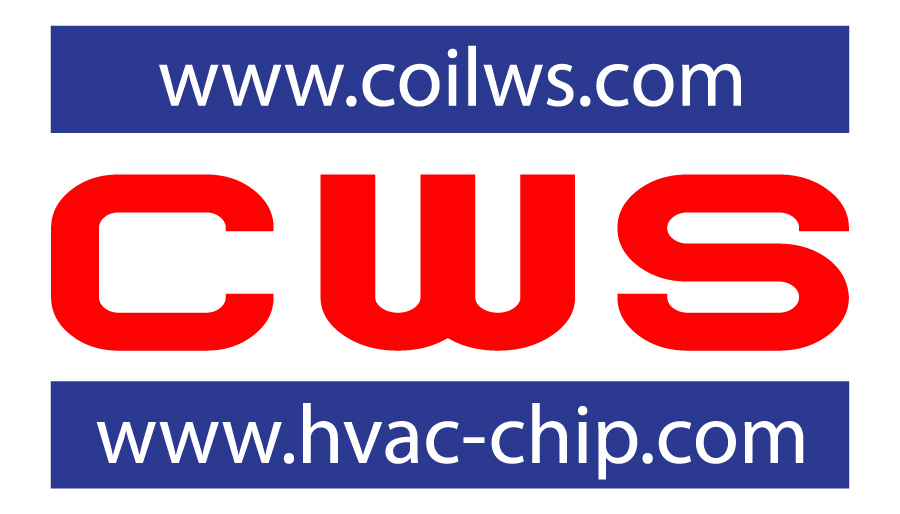Notes on Automotive Crossover Filters:
The
AC Series inductors from CWS, Coil Winding Specialist, Inc.,
is designed for use in a series connection with a capacitor to act as a filter
to remove ignition noise or alternator noise from car stereo systems.
Filters
made from an inductor connected to a capacitor form part of the crossover
filter in a car stereo system. A car audio system will not sound as good
without a crossover filter. All car manufacturers install some kind of
crossover filter system in their car stereo system. These filters could range
from a very basic system to a very complex crossover system, depending on the desired
quality of the stereo system needed in the car.
A
crossover filter is a filtering device that limits the frequencies that reach a
speaker. The filter basically splits a music signal into separate frequency
ranges and sends them to speakers that are designed to best reproduce each
frequency range. For instance, only high frequencies are sent to the tweeters,
midrange to the mid range speakers, and low frequencies to the subwoofer.
This splitting of the
audio frequencies is done for two
reasons:
- Avoid
speaker damage: Speakers are designed to perform only a certain
range of frequencies. If other than the designed
frequencies flows into the speaker, then the speaker will produce
distortion, which can damage the speaker itself.
- Overall
balance: If a system with sub-woofers,
and full range speakers does not have a crossover filter, then the
sub-woofers will be performing, for example, from 20 to 1000 Hz, while the
full-range speakers will be performing from 60 Hz, all the way up to
20,000 Hz. As it can easily be seen, there is an "overlap" of
frequencies between 50 and 1000 Hz. In this overlap region, the levels are
higher than levels below 50 and above 1000Hz, yielding a non-balanced
system.
There
are 3 types of crossover filters: High-pass, low-pass and
band-pass. A high-pass crossover filter will block low frequencies, a
low-pass will block high frequencies, and band-pass will block low and high
frequencies below and above crossover points.
Crossover
filters designed using inductors and capacitors do not block undesired
frequencies completely. Crossovers cut frequencies progressively. A
crossover "slope" describes how effective a crossover filter is in
blocking frequencies. The minimum slope is 6dB/octave. For example,
a high pass crossover filter at 1000 Hz, will let anything above 1000 Hz to
pass and will attenuate all frequencies below 1000Hz. At 500 Hz (1 octave), the
level at the speaker would be 6dB less. A steeper slope (i.e.
24dB/octave) will block undesired frequencies more effectively, but will cost
more than a lower slope crossover.
If a
speaker is performing near its frequency range limit, then a steeper slope
cutoff is needed. For example, a mid bass rated at 50 Hz on the lower
range could be crossed over at 55 Hz or 60 Hz with a 24dB/octave
crossover. If a shallower slope crossover is desired, then the frequency
would need to be higher (i.e. 100 Hz at 6dB/octave).
So
what are good crossover frequencies?
It
largely depends on the car, the speakers, and the speaker location. Typical
crossover frequencies are 100 Hz (bass), 350 Hz (mid bass), 3500
Hz – 5000 Hz (highs).
Active Crossovers
Active
crossovers (and equalizers) need external power to operate and work at low
signal voltage levels (RCAs). Signal from the head unit RCA's is split into
low-frequencies (bass), mid-frequencies (mids), and high frequencies
(tweeters). These signals then go to different amplifiers.
The advantages of active crossover filter is that the signal is
not affected as much, since everything is done at low voltages, before the
amplifiers. There is much more flexibility, since all that is needed to adjust
crossover frequencies is to turn a knob, while on passive crossovers, the
components have to be replaced. The problem is that more amplifier channels are
needed to go to all the speakers.
Passive Crossovers
The
passive crossover is very common. It is basically a capacitor and an inductor
installed on the speaker leads between the amplifier and the speaker that
prevents certain frequencies from reaching a speaker. It's relatively
inexpensive and easy to install.
Passive
crossovers work after the amplifiers, receiving high signal levels. Since all
the frequency splitting is done after the amplifiers, more speakers can run off
an amplifier channel, obtaining maximum power by playing with the resistances
"seen" by the amplifiers.
Passive
Crossovers are capacitors and inductors either in parallel or series, or
combinations that are added to cut off highs and/or lows. A capacitor stores
voltage, acting as an open circuit (blocks off signal) at lower frequencies,
and acts as a short at higher frequencies (lets signal pass). An inductor, on
the other hand, stores current, acting in exactly the opposite way of a
capacitor. Inductors act as shorts at lower frequencies, and open circuits at
high frequencies.
If a
capacitor is hooked up in series with a speaker, it will be a high-pass
crossover (signals at lower frequencies will be blocked, and higher frequency
components of the signal will be allowed to pass). An inductor in series with a
speaker will be a low-pass filter. Subwoofers need inductors in series
(low-pass), while midranges will need both a high-pass (cut bass off) and a
low-pass (cut higher frequencies that tweeters will be taking care of).
Tweeters need also high-pass filters, to block lower frequencies.
There
are many types of passive crossovers that can be implemented, starting with the
capacitor or inductor in series, and getting complex as more capacitors and
inductors are added.
The
CWS’ AC Series of inductors are ideally suited for both active and passive
crossover filters. Please select the inductance and current rating as shown in
the data sheets.
It
should be noted that capacitors and inductors dissipate power which could have
been used by the speakers. As more stages of capacitors and inductors are used
to perform filtering, more energy is consumed by these components.






